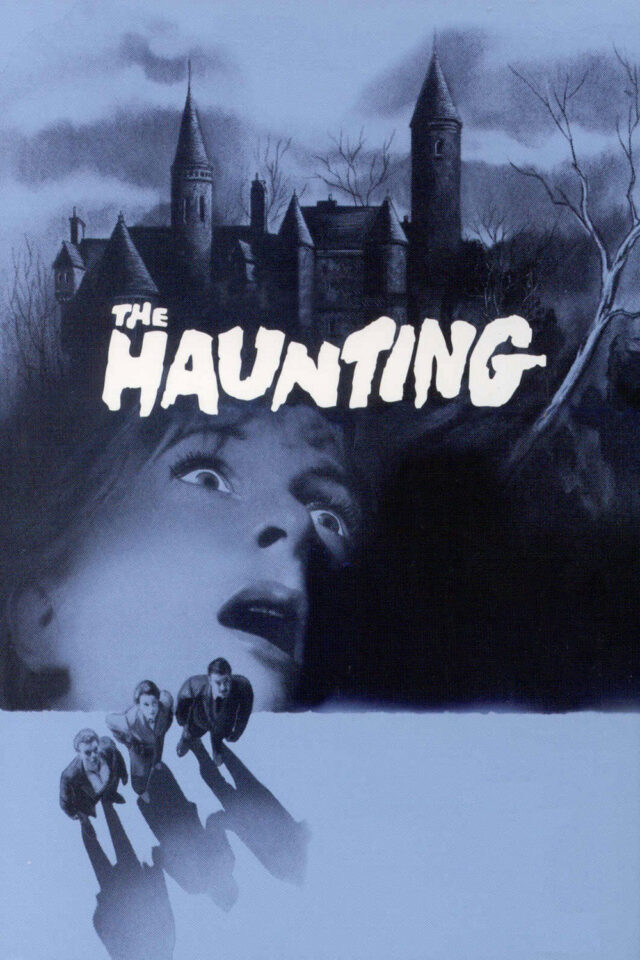What it’s about
Dr. John Markway (Johnson), a professor of the paranormal, sets out to discover whether the infamous Hill House is truly haunted or not, with the help of several human guinea pigs. What happens to the group “in the night, in the dark” leaves no doubt as to the answer.
Why we love it
Among a stellar cast, Julie Harris stands out as a spellbinding spinster whom the ghosts of Hill House single out for special attention. A sexually ambiguous Claire Bloom also registers as the clairvoyant Regina. Veteran director Robert Wise masterfully orchestrates the tools of the trade to create perhaps the quintessential filmed ghost story, applying a degree of restraint and subtlety generally absent from more modern horror entries. Remade but never equaled.
Claire Bloom, Julie Harris, Richard Johnson, Russ Tamblyn Robert Wise
